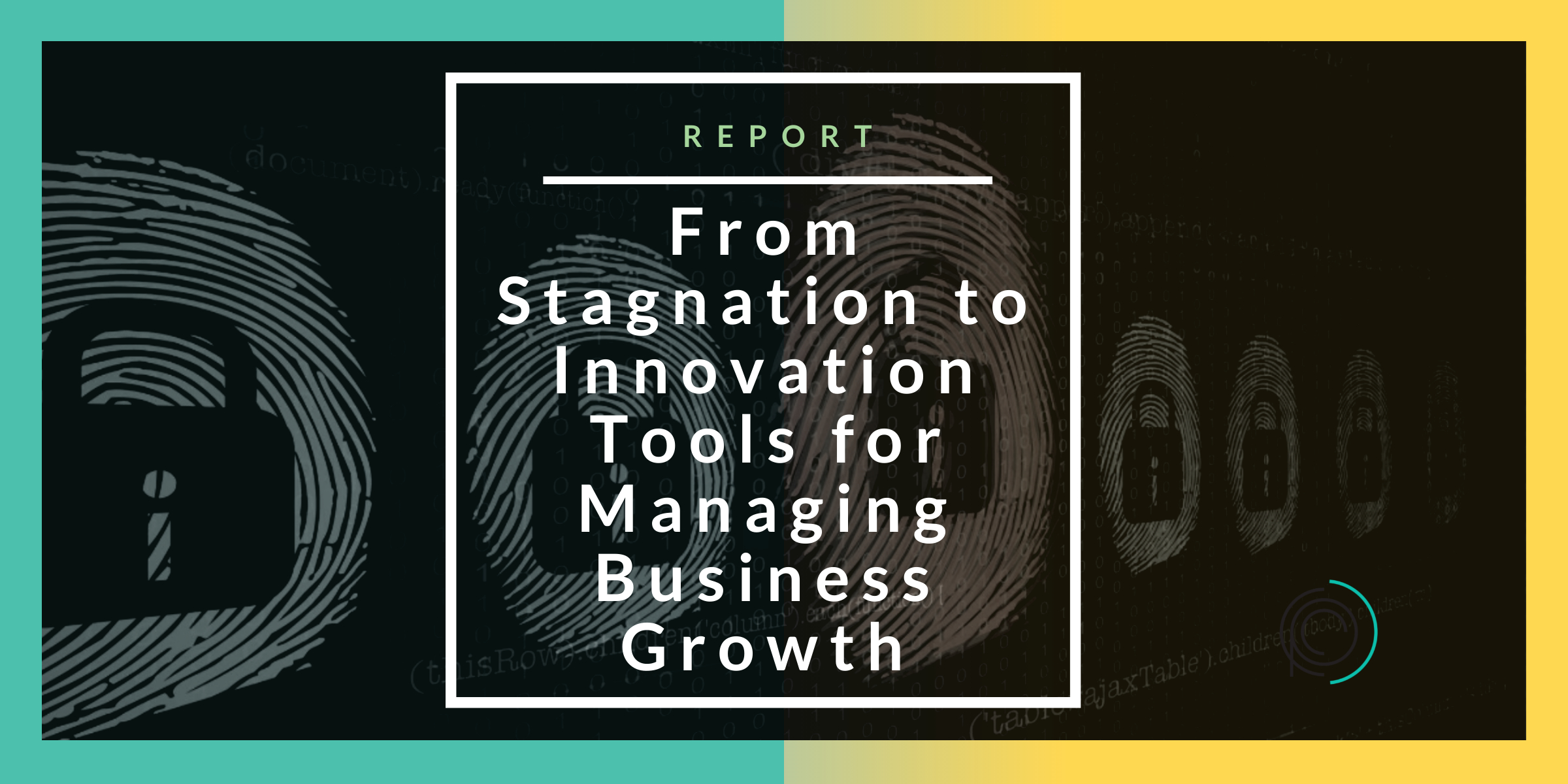Businesses rarely stumble because of obvious obstacles; more often, it’s the unseen challenges—the operational blind spots—that quietly derail progress. These hidden inefficiencies and overlooked gaps may seem small, but their cumulative impact can stall growth, strain resources, and prevent your organization from reaching its full potential.
Recognizing and addressing operational blind spots requires a willingness to delve into areas that aren’t immediately apparent. It’s about asking hard questions, rethinking “the way things have always been done,” and embracing a mindset of continuous improvement.
What Are Operational Blind Spots?
Operational blind spots are inefficiencies, inconsistencies, or vulnerabilities that are invisible or ignored within your business. They aren’t the glaring problems that demand immediate attention but rather the subtle issues that quietly chip away at productivity, profitability, and innovation.
These blind spots can manifest in a variety of ways:
- Processes: Inefficient workflows, redundant tasks, or outdated procedures that create bottlenecks.
- People: Misaligned roles, lack of accountability, or poor communication among teams.
- Technology: Underused tools, reliance on outdated systems, or failure to adapt to new solutions.
- Data: Poorly managed, siloed, or underutilized information that hampers strategic decision-making.
What makes these blind spots particularly challenging is their invisibility to those entrenched in day-to-day operations. Often, businesses don’t recognize these issues until they result in missed deadlines, rising costs, or customer dissatisfaction.
The Most Common Operational Blind Spots
1. Overlooking Process Inefficiencies
Legacy workflows are often held together by habit rather than strategy. For example, manual data entry, repeated approvals, or unclear handoffs between teams might seem manageable, but they waste time and create unnecessary risks.
The Fix: Map out current processes in detail, identify redundant steps, and streamline where possible. Look for opportunities to automate repetitive tasks.
2. Siloed Departments
Teams working in isolation can lead to duplicated efforts, conflicting priorities, or missed collaboration opportunities. Siloed operations prevent the free flow of ideas and information critical to organizational success.
The Fix: Create cross-departmental projects or working groups that foster collaboration and build trust. Encourage transparent communication to align goals.
3. Ignoring Employee Feedback
Employees are on the front lines of your operations and often have valuable insights into what isn’t working. However, many organizations fail to create environments where employees feel comfortable sharing feedback.
The Fix: Regularly engage employees in discussions about process improvements, and implement anonymous feedback channels to gather candid input.
4. Failing to Fully Leverage Technology
Investing in the latest tools without a clear strategy often leads to underutilized resources. On the other hand, clinging to outdated systems can hold your business back and frustrate your workforce.
The Fix: Evaluate whether your current technology aligns with your business goals. Conduct regular training to ensure teams are maximizing their tools’ potential.
5. Underestimating the Power of Data
Data-driven decision-making is often touted but rarely executed effectively. Data silos, inconsistent reporting practices, and a lack of actionable insights can impede decision-making and make it hard to adapt quickly.
The Fix: Establish a centralized data governance strategy. Use analytics tools to extract actionable insights and regularly review key metrics to ensure alignment with your objectives.
How Operational Blind Spots Impact Your Business
The effects of operational blind spots often start small but compound over time:
- Increased Costs: Inefficiencies lead to wasted time, resources, and opportunities.
- Lower Morale: Employees frustrated by cumbersome processes or unclear expectations may disengage.
- Customer Attrition: Slow response times, inconsistencies, or errors can erode trust and satisfaction.
- Stifled Growth: When foundational operations are misaligned, scaling becomes exponentially harder.
The cost of not addressing these blind spots extends beyond immediate challenges—it impacts your ability to innovate, adapt, and remain competitive.
Strategies to Eliminate Operational Blind Spots
1. Perform a Thorough Operations Audit
Take a methodical approach to assess workflows, systems, and team dynamics. Look for redundancies, bottlenecks, or areas of underperformance.
2. Engage the Entire Organization
Blind spots often persist because no one person or team has a full view of the operation. Involve employees from all levels and departments in identifying inefficiencies and brainstorming solutions.
3. Create a Culture of Continuous Improvement
Make it clear that identifying gaps isn’t about placing blame—it’s about finding opportunities to do better. Encourage employees to share ideas and reward innovative thinking.
4. Leverage External Expertise
Partnering with experts who bring a fresh perspective can reveal blind spots your internal teams might overlook. Consultants can also provide customized solutions tailored to your unique challenges.
5. Implement Data-Driven Decision-Making
Move from intuition to evidence-based decisions by investing in robust data analysis tools. Use insights to predict trends, address inefficiencies, and align resources with goals.
Turning Blind Spots into Opportunities
Operational blind spots aren’t inevitable failures; they’re opportunities waiting to be uncovered. Addressing them requires curiosity, commitment, and a willingness to challenge the status quo. Businesses that embrace this approach don’t just fix problems—they unlock their potential to thrive in ways they never imagined.
Every business has blind spots. The question is, are you ready to uncover yours?
Let’s Work Together, my team and I specialize in helping businesses identify, address, and overcome operational blind spots. We welcome you to check out our blog, online resources, and case studies, or book a no-obligation consultation to discover how we can help you achieve greater efficiency, clarity, and success.
Check out our latest downloadable resource Goal Setting Framework.







